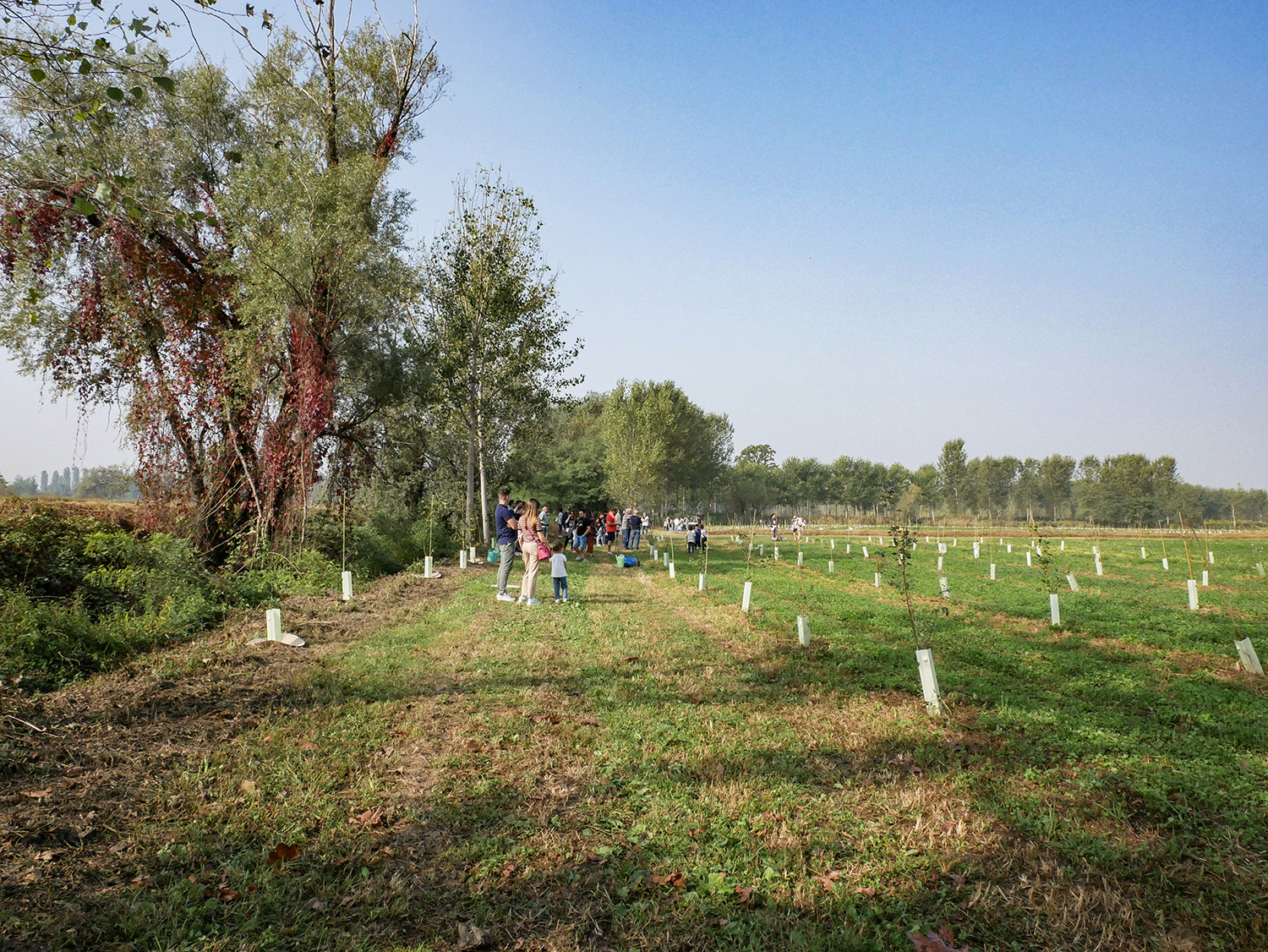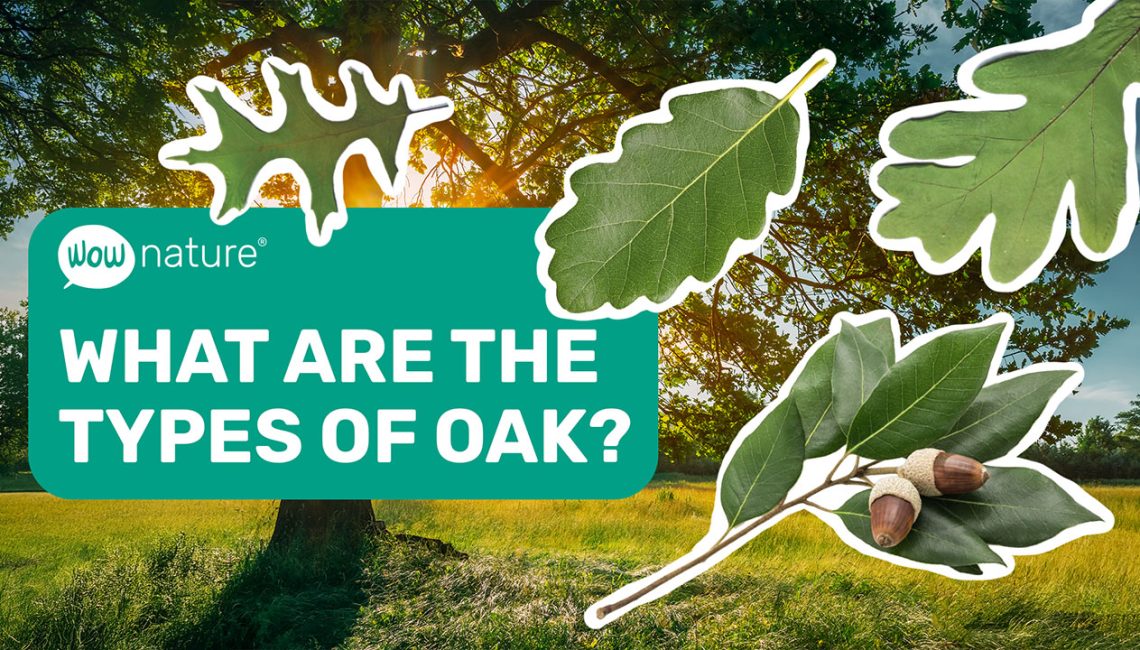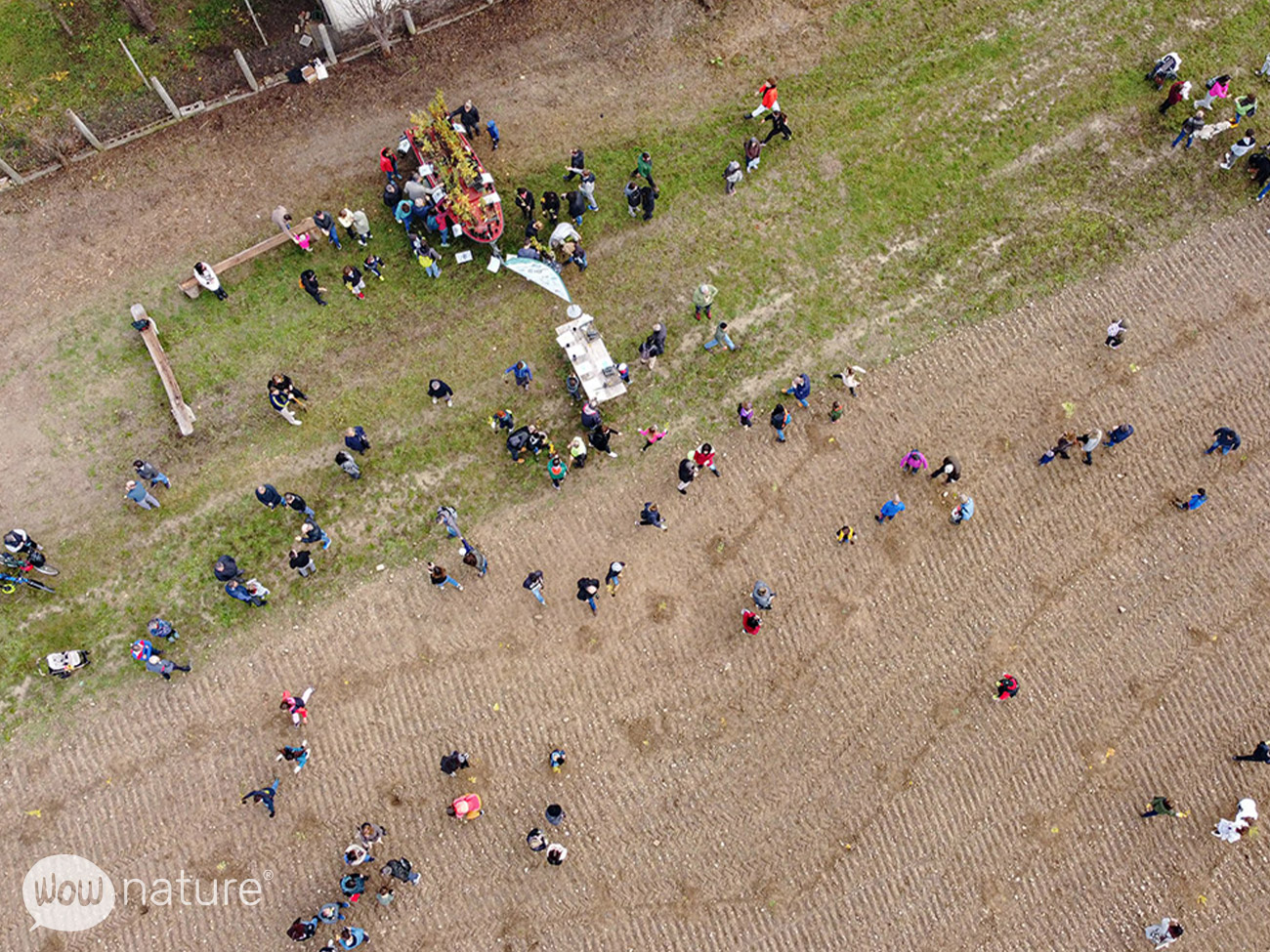

What are the types of oak?
Oaks: a large family
The word “oak” is actually a generic name for an entire botanical genus: Quercus, belonging to the Fagaceae family. There are around 600 species of oak trees in the world, some deciduous (shedding their leaves) and some evergreen.
However, they all share some distinctive traits: broad crowns, often lobed leaves and the unmistakable acorns. They are hardy and long-lived trees, able to adapt to different climates and live even on poor soils. Identifying them, however, is not always easy: many species hybridise with each other, creating unique varieties and increasing the biodiversity of our forests.
The main oak species in Italy
There are about fifteen species of oak trees growing wild in Italy, each related to a different environment. What are the types of oak? Here are the main ones:
Downy oak (Quercus pubescens): the most common in hilly and sunny areas. Its leaves are elongated and lobed. Some specimens can live more than 600 years, such as the famous Witches’ Oak in Tuscany.
Oak (Quercus petraea): it loves hills and mountains. Its acorns grow in clusters and the leaf lobes are shallow. A famous specimen is Demetra, in Calabria, with its 935 years.
English Oak (Quercus robur): majestic and imposing, it can exceed 30 metres in height. It grows in plains, although these environments are increasingly rare.
Turkey oak (Quercus cerris): distinguished by its leaves with deep lobes. It prefers hills and mountains.
Holm oak (Quercus ilex): evergreen, with narrow, lanceolate leaves, suitable for hot, dry climates. Perfect for resisting drought.
There are also other lesser-known species such as the Cork Oak (Quercus suber), the Frainetto (Quercus frainetto) and the Crociform Oak (Quercus coccifera), all part of the diversity of Italian oaks.
Where oaks grow and why they are important
Oaks can be found in almost every Italian landscape: from humid plains to sunny hills and mountains. Each species has its own climatic and environmental preferences, and this variety is crucial to maintaining healthy and resilient ecosystems.
For example, in Tuscany we helped regenerate a forest called Bosco Cinque Querce, which is home to five different oak species. This type of intervention helps to strengthen biodiversity and create forests that are more resilient to the challenges of climate change.
In some areas, such as in the Po Valley, we are also planting Holm oaks, a Mediterranean species better adapted to hot and dry climates, to help better adapt to future climate scenarios.
What are the types of oak trees? Find out in our video
If you want to learn more about Italian oak trees, learn how to distinguish them and discover interesting facts about their history, watch our new YouTube video made together with From Roots to Leaves. We take you through forests and legends to help you discover the most common oak trees in Italy.
Want to choose the right tree to adopt?
Take a look at our species and discover all their characteristics. Adopting a tree means caring for nature and contributing to the regeneration of our forests.
SHARE
Other posts


World Earth Day: why we celebrate our planet on 22 April

Update from Moranzani Forest

What does a tree look like?



